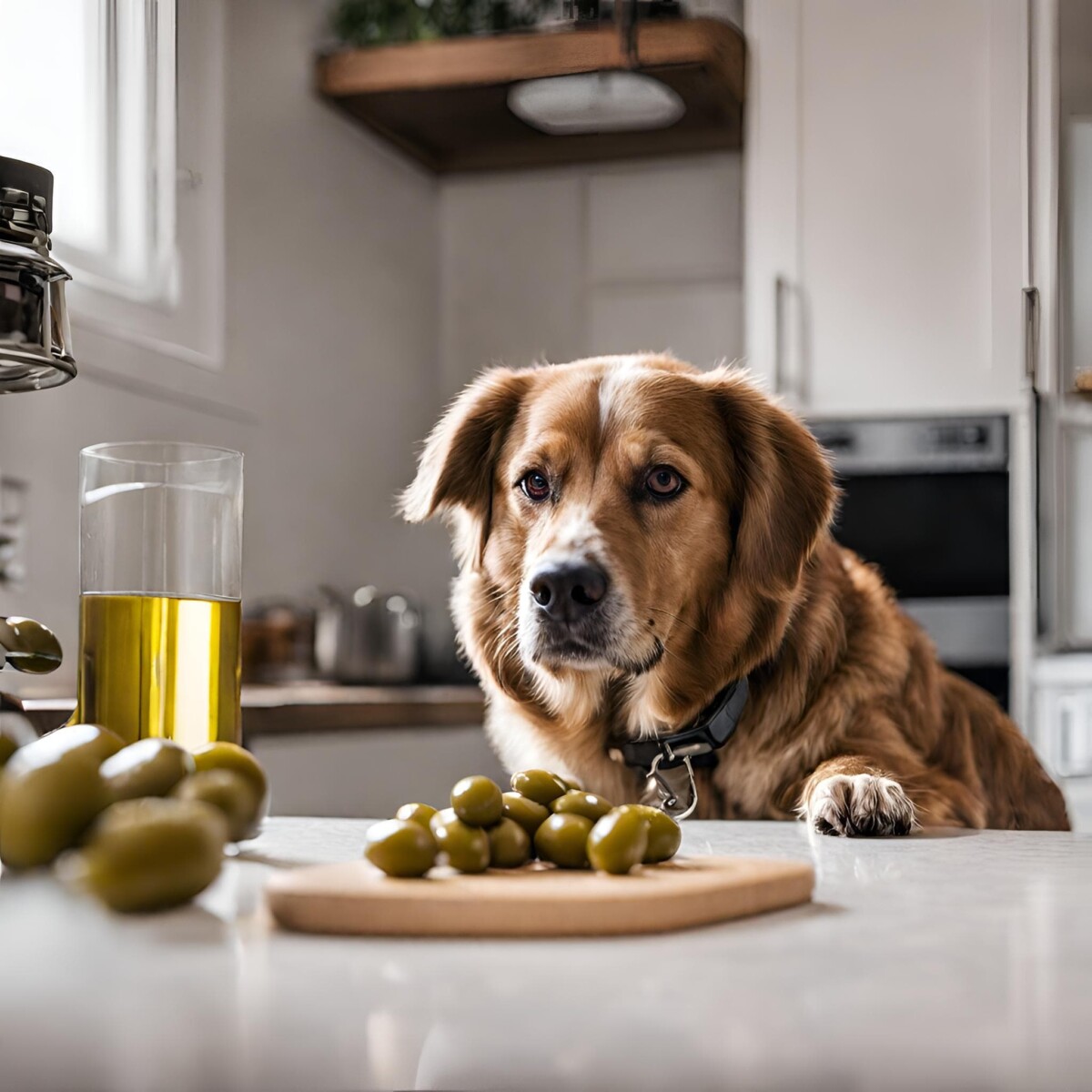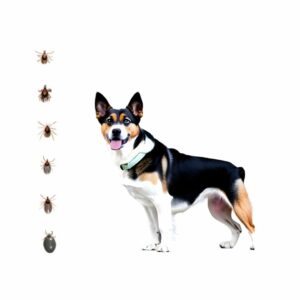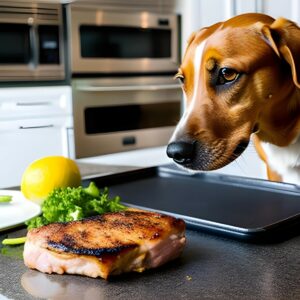Olives are a popular snack for humans, and I know – it can be tempting to share some tasty olives with your doggo. But before you share some olives with your four dogs, there’s an important question to answer: Can dogs eat olives?
The quick answer is yes. But it’s also important to understand how much is safe, the risks and benefits of feeding your dog olives, etc.
If you have a few minutes, let’s talk about the types of olives and olive products, quantities, and pros and cons of feeding olives to dogs.
Can Dogs Eat Olives?
Olives aren’t toxic to dogs, so the short answer is yes – dogs can eat olives. Although olives have several health benefits for dogs, there are a few key factors to keep in mind when feeding your pup some olives:
- Portion control: Dogs have smaller digestive systems than humans, so moderation is key. A couple of plain, pitted olives as an occasional treat should be fine for most dogs.
- Plain olives are the most safe: Stick to plain, unsalted olives. Avoid olives marinated in garlic, onions, or other seasonings, as these ingredients can harm dogs.
- Pit removal: Always remove the pits from olives before sharing them with your dog. Olive pits can damage your dog’s teeth and, in the worst case, can also pose a choking hazard.
- Start slowly: If your dog has never had olives, start with tiny bits and pieces so they can tolerate them well. Some dogs have sensitive stomachs, especially if they’re young pups, and introducing new food too quickly can lead to tummy troubles.
Can Dogs Eat Olives: Table of Contents
Olives: Nutrition Table
| Black Olives | 3.53 oz/100 g | Green Olives | 3.53 oz/100 g | |
| Water | 75.3 g | Water | 75.3 g | |
| Total fat (lipid) | 11 g | Total fat (lipid) | 15.3 g | |
| Fiber | 1.6 g | Fiber | 3.3 g | |
| Sugar | 0.01 g | Sugar | 0.54 g | |
| Total carbohydrate | 6 g | Total carbohydrate | 3.84 g | |
| Protein | 0.8 g | Protein | 1 g | |
| Vitamins, minerals, etc. | % daily value | Vitamins, minerals, etc. | % daily value | |
| Iron | 35% | Iron | 3% | |
| Calcium | 7% | Calcium | 4% | |
| Potassium | 1% | Potassium | 1% | |
| Sodium | 32% | Sodium | 68% | |
| Total calories | 116 | Total calories | 145 |
The Risks of Olives for Dogs
While olives are safe and healthy food for dogs, in moderation, there are a few potential health risks to consider.
- Sodium overload: Olives can be quite salty, especially if they’re brined or marinated. Excessive sodium intake can lead to sodium ion poisoning in dogs, causing symptoms like excessive thirst, urination, and even more severe health issues if left untreated.
- Gastrointestinal Upset: Some dogs may experience digestive upset. Although it’s not a serious condition, it can still be painful and cause trouble for them. Gastrointestinal upset can lead to vomiting and diarrhea if your pup eats too many olives or if we introduce olives too quickly into their diet.
- Allergies: Just like with any new food, there is a small chance your dog could be allergic to olives. Watch for signs of an allergic reaction, such as itching, swelling, or diarrhea, and consult your vet if you suspect an allergy.
The Benefits of Olives for Dogs
Depending on the amount, olives can offer potential health benefits to our four-legged friends. Here are some of the health benefits olives can bring to your pup:
- Healthy Fats: Olives are a source of monounsaturated fats, contributing to healthy fur and skin.
- Antioxidants: Olives contain antioxidants, helping a dog’s system fight inflammation and support your dog’s overall health.
- Low in Calories: If your pup enjoys the taste of olives, they can be an option for a low-calorie treat – an excellent way to improve a dog’s diet.
- Vitamins and minerals: Introducing olives (and olive oil) into your pup’s diet can also help them find the beneficial vitamins and minerals in olives.
Tips for Feeding Olives to Your Dog
If you want to feed your doggo some olives, here are some friendly tips to help him/her enjoy olives safely:
- Consider your dog’s health condition: If your dog has specific health conditions, it’s important to consult your veterinarian before introducing olives into their diet. Dogs with certain medical issues, such as pancreatitis or kidney disease, may need to avoid high-fat or high-sodium foods like olives.
- Chop Them Up: To prevent your pup from potentially choking and make it easier for him/her to digest, chop olives into smaller pieces before sharing them.
- Mix with regular food: Consider mixing a few chopped olives with your dog’s food as a special treat. This way, you can avoid overfeeding your doggo with olives but still provide him/her with healthy nutrients and safely introduce olives into his/her diet.
- Freshness matters: Use only fresh olives when possible, as they tend to lose some healthy nutrients over time.
- Watch for reactions: Watch how your dog reacts after eating olives. If you notice any issues, such as stomach upset or changes in behavior, it’s best to contact your vet and skip the olives in the future.
What To Do If Your Dog Eats a Lot of Olives?
If you notice that your dog ate a large amount of olives and is showing concerning symptoms like vomiting, diarrhea, stomachache, or excessive thirst, contact your veterinarian immediately.
Yes, the olives aren’t toxic to dogs like raisins (grapes), but too many olives can still cause problems for your doggo. So, better to be safe than sorry.
Is Olive Oil Safe for Dogs?
Yes, olive oil is safe for dogs.
Just like olives, olive oil can be beneficial and have the same positive effects on a dog’s fur and skin when used sparingly and appropriately, can be beneficial for dogs. It can help improve their fur and skin health, but it all depends on moderation – it’s best to add a little bit of it to your pup’s food.
The Recipe for Homemade Dog Treats With Olive Oil
Here’s a quick recipe for delicious homemade treats that you can make with olive oil:
Ingredients
- 1 cup whole wheat flour
- 1/4 cup rolled oats
- 1/4 cup unsalted peanut butter
- 1/4 cup chicken or beef broth (low sodium)
- 1 tablespoon olive oil
- 1 egg
Instructions
- Preheat your oven to 350°F (175°C).
- Combine 1 cup whole wheat flour and 1/4 cup rolled oats in a mixing bowl.
- Now, mix them up!
- Add 1/4 cup unsalted peanut butter, 1/4 cup chicken or beef broth, 1 tablespoon of olive oil, and 1 egg to the dry ingredients. Give it a good stir until you make it ‘’doughy’’.
- Roll out the dough on a floured surface to about 1/4-inch (about half a centimeter) thickness. You can use dog bone-shaped cookie cutters or any shape you like.
- Place your doggy shapes on a baking sheet lined with parchment paper.
- Put them in the oven for about 15-20 minutes until they’re nice and golden brown.
- Let the treats cool on a wire rack.
- Once they’ve cooled down, it’s time to treat your furry friend! Store any extras in an airtight container.
My Senior Paws is a participant in the Amazon Services LLC Associates Program, an affiliate advertising program designed to provide a means for sites to earn advertising fees by advertising and linking to Amazon.com. We also participate in other affiliate programs which compensate us for referring traffic.




